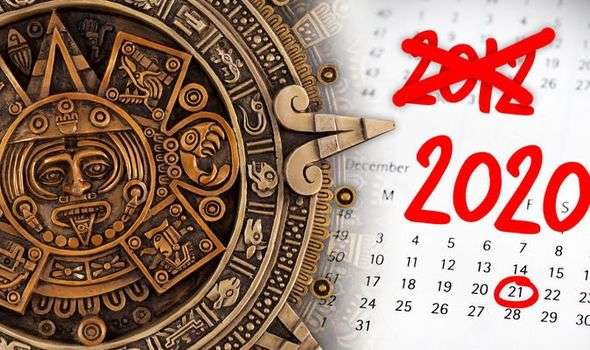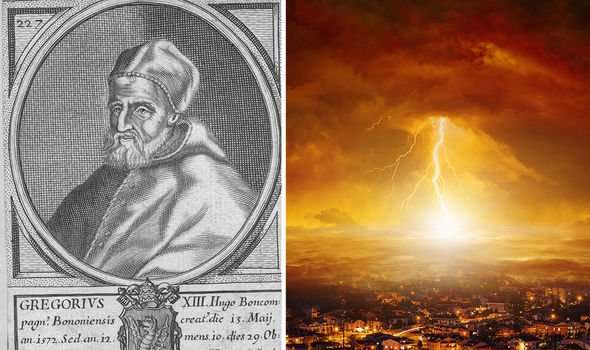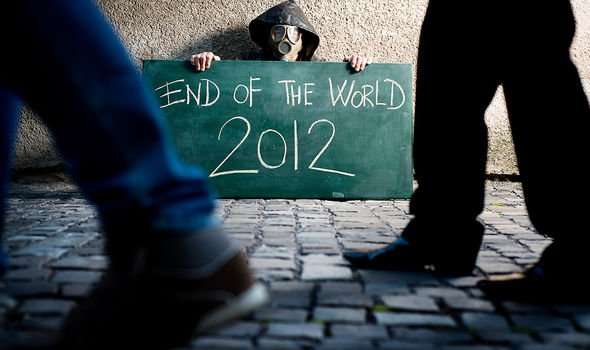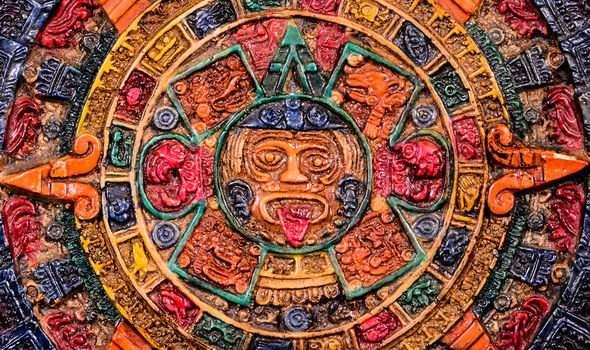END OF THE WORLD fears have resurged after online users wildly claimed the Julian calendar, which was used until the 1500s, would place Earth in the year 2012, not 2020, potentially meaning the Mayan’s doomsday prediction could still unravel.
The Gregorian calendar was introduced by Pope Gregory XIII in 1582, making some changes to the previously used Julian calendar, namely dropping 11 days to accurately reflect the time it takes Earth to orbit once around the Sun. At the time, many countries opposed the new system, with London residents taking the streets to hold protests demanding “give us back our 11 days”. Although only 11 actual days have been lost, online users have calculated the amount technically accumulated over the past 286 years, with one sharing a post on Twitter claiming: “Following the Julian Calendar, we are technically in 2012.”
Trending
Scientist Paolo Tagaloguin explained in his post: “The number of days lost in a year due to the shift into Gregorian calendar is 11 days.
“For 268 years using the Gregorian Calendar (1752-2020) times 11 days = 2,948 days. 2,948 days / 365 days (per year) = eight years.”
His post is not the only of its kind, but others have been far more inventive with their conclusions.
Another tweeted: “When the world switched to the Gregorian calendar in the 1700s, we lost around eight years in translation. So yes technically this year is 2012.”


A third said: “Remember that Mayan prediction that the world would end on December 21, 2012? Do you know how we lost eight years when we switched to the Gregorian calendar?
“Yeah, we have six months.”
And a fourth claimed: “When in 1752 everyone switched to the Gregorian calendar, eight years were lost, which means that technically 2020 is 2012.
“You know what was supposed to happen in 2012? Yes, the end of the world. 2020 suddenly makes more sense.”
Doomsday fears are sparked by the incorrect assumption that the Mayan calendar predicts the end of the world to occur on or around December 21, 2012.

This date was regarded as the end-date of a 5,126-year-long cycle in the Mesoamerican Long Count calendar, and festivities took place on December 21, 2012 to commemorate the event in the countries that were part of the Maya civilisation, with main events at Chichen Itza in Mexico and Tikal in Guatemala.
Various astronomical alignments and numerological formulae were proposed for this date to mark the end of the world, with scenarios suggesting the arrival of the next solar maximum, an interaction between Earth and the supermassive black hole at the centre of the galaxy, or Earth’s collision with a mythical planet called Nibiru.
Mayan scholars stated that no classic Mayan accounts forecast impending doom, and the idea that the Long Count calendar ends in 2012 misrepresented Mayan history and culture, instead, they believe it marks the beginning of a new era.
Many have also falsely claimed in their response to these tweets that Ethiopia reflects the correct date according to the Julian calendar.
DONT MISS
End of the world: How archaeologist discovered ‘real Maayan doomsday’ [VIDEO]
Mayan DISCOVERY: How find in ancient city ‘reveals creation story’ [CLAIM]
Egypt: How ‘greatest archaeological find of all time’ stunned expert [REVEALED]


Ethiopia, a country free of any colonial powers and influences of the Roman Church, was not affected by either of the calendars and retained its original calendar, claiming Jesus was born in 7BC.
Like the Julian calendar, it adds a leap day every four years without exception and begins the year on August 29 or August 30 in the Julian calendar, making today June 1, 2012.
But, a gap of seven to eight years between the Ethiopian and Gregorian calendars results from an alternate calculation in determining the date of the Annunciation, not because of the days “lost”.
If the world was to switch back to the Julian calendar today, the date would be May 25.
Sourse: www.express.co.uk





